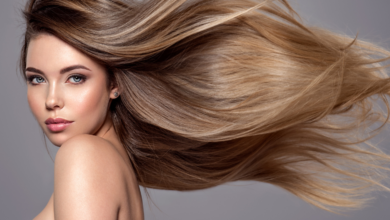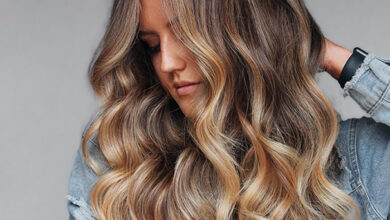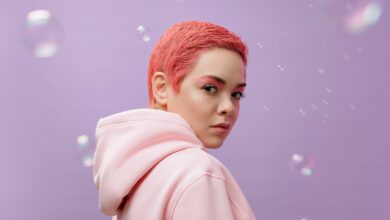
Are you a curly-haired individual who loves experimenting with different hair colors? If so, then “Caring For Colored Curls: A Comprehensive Guide” is the ultimate resource for you. This article is designed to provide you with valuable tips and insights on how to maintain and nourish your vibrant curls, ensuring they stay healthy and beautiful. From choosing the right products to implementing a proper hair care routine, this guide covers all aspects of taking care of your colored curls. So, get ready to embrace your unique style and learn how to keep your curls looking stunning every day!
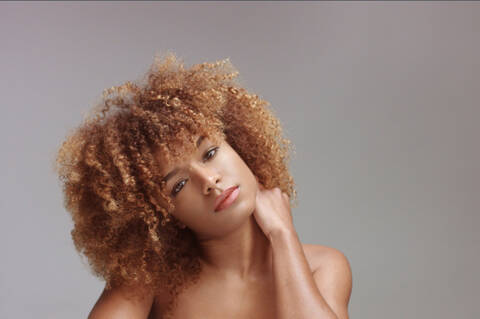
Choosing the Right Hair Color
Determining Your Skin Undertone
Choosing the right hair color starts with determining your skin undertone. This is an important step because it can greatly affect how certain hair colors will look on you. There are three main undertones: cool, warm, and neutral. If you have cool undertones, your skin will have pink or blue undertones, while warm undertones have more golden or yellow undertones. Neutral undertones mean that your skin has a mixture of both cool and warm undertones. To determine your undertone, you can look at the veins on your wrists. If they appear blue or purple, you likely have cool undertones, while green veins indicate warm undertones. If you’re still unsure, you can also consider how certain colors make your skin look. Cool undertones tend to look better with silver jewelry and cool-toned colors, while warm undertones often look better with gold jewelry and warm-toned colors.
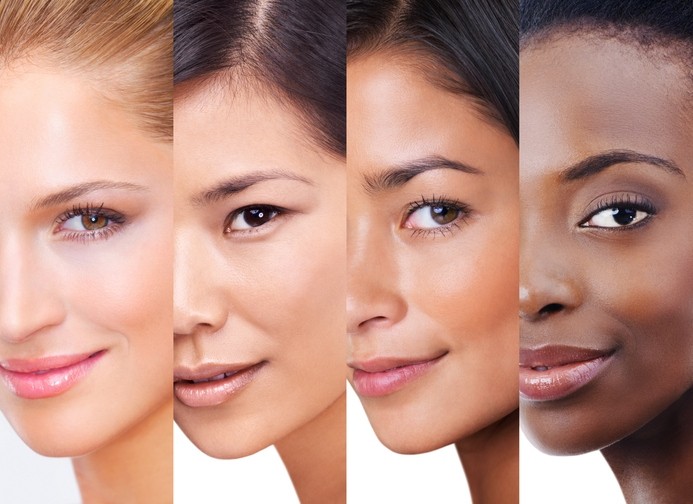
Considering Your Natural Hair Color
When choosing a hair color, it’s important to consider your natural hair color as a starting point. While it is possible to drastically change your hair color, keeping it closer to your natural shade will generally yield more natural-looking results. Additionally, going lighter tends to be easier than going darker, as the latter often requires more intense processes like bleaching. If you’re looking for a subtle change, you can choose a hair color that is a couple of shades lighter or darker than your natural color. If you want a more dramatic change, you can opt for a completely different color, but keep in mind that this may require more maintenance and upkeep.
Selecting the Color Shade
Once you’ve determined your skin undertone and considered your natural hair color, it’s time to select the actual color shade for your colored curls. This can be a fun and exciting process, as there are countless shades to choose from. When selecting a color shade, it’s important to think about how it will complement your skin tone and eye color. For those with cool undertones, ash browns, cool blondes, and deep reds can be great options. If you have warm undertones, golden blondes, warm browns, and coppery reds may suit you well. Neutral undertones have the advantage of being able to pull off a wide range of colors, so feel free to experiment and choose a shade that speaks to you. It may also be helpful to consult with a professional hair colorist who can offer personalized recommendations based on your unique features and desired look.
Preparing Your Hair for Coloring
Deep Conditioning
Before coloring your curls, it’s important to ensure that your hair is healthy and properly moisturized. Deep conditioning treatments can help to nourish and strengthen your hair, making it more receptive to color and reducing the risk of damage. You can use a deep conditioning mask or treatment once or twice a week leading up to your coloring appointment. Look for products that are specifically designed for colored or chemically treated hair, as these will provide the most targeted hydration and protection.

Trimming Split Ends
To achieve the best results with your colored curls, it’s a good idea to trim any split ends before coloring. Split ends can make your hair look dry and dull, and they can also prevent color from adhering evenly to your strands. Schedule a trim a few weeks before your coloring appointment to get rid of any damaged ends and ensure that your hair is in the best possible condition for coloring.
Avoiding Heat Styling
In the weeks leading up to your hair coloring, it’s important to minimize heat styling as much as possible. Heat can be damaging to your hair, especially when it’s already weakened from the coloring process. Try to limit the use of blow dryers, flat irons, and curling irons, and opt for heat-free styles instead. If you do need to use heat, be sure to apply a heat protectant product beforehand to minimize damage.
Best Practices for Coloring Curly Hair
Consulting with a Professional
When it comes to coloring curly hair, it’s generally best to consult with a professional hair colorist. Curly hair can be more delicate and prone to damage, so it’s important to work with someone who has experience and expertise in coloring curls. A professional colorist can assess the condition of your hair, recommend the best color options for your desired look, and ensure that the coloring process is done safely and effectively.
Avoiding DIY Color Kits
While it may be tempting to save money and color your curls at home, DIY color kits are not recommended, especially for those with curly hair. These kits often contain strong chemicals that can be damaging to your hair, and they may not provide the same level of precision and customization that a professional salon can offer. Additionally, if something goes wrong with your at-home coloring attempt, it can be challenging and costly to fix the issue. To achieve the best results and minimize the risk of damage, it’s best to leave hair coloring to the professionals.
Choosing Semi-Permanent or Demi-Permanent Dyes
When coloring curly hair, it’s generally best to opt for semi-permanent or demi-permanent dyes. These types of dyes are less harsh on the hair and can help to maintain the health and integrity of your curls. Semi-permanent dyes gradually fade over time, allowing you to experiment with different colors without making a long-term commitment. Demi-permanent dyes provide slightly more coverage and color intensity, but they also fade over time. Both options are generally more forgiving and offer greater flexibility for those with curly hair.
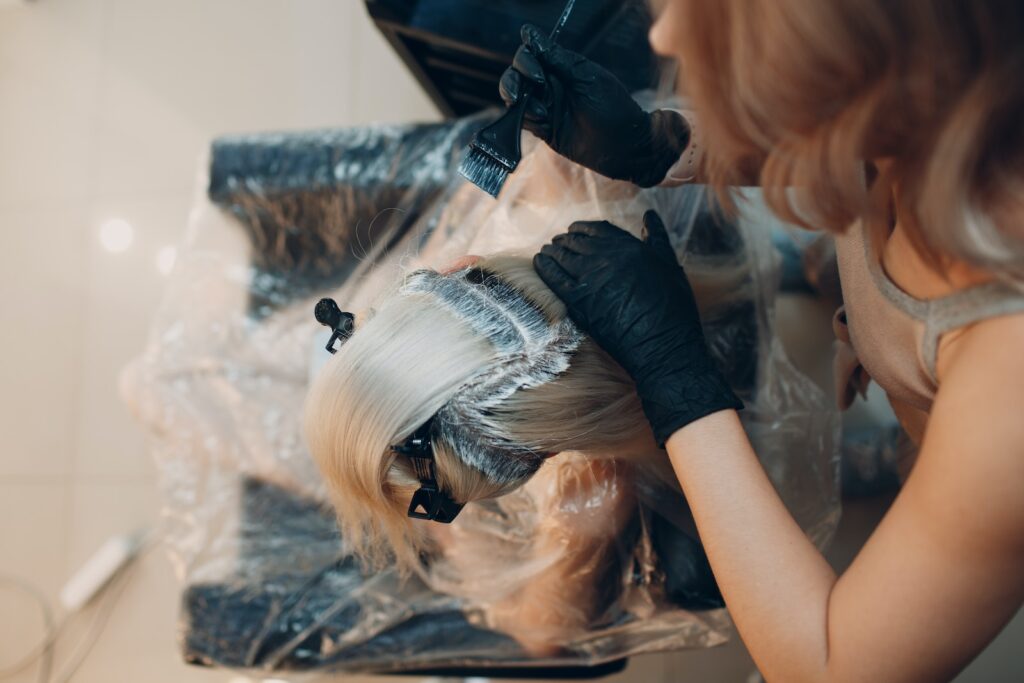
Preventing Color Fade
Avoiding Frequent Washing
One of the key factors in preventing color fade is to avoid washing your hair too frequently. Washing your hair every day or even every other day can strip away the natural oils that help to maintain color vibrancy. Instead, try to wash your hair no more than two or three times a week, using a color-safe shampoo and conditioner. This will help to preserve the color and keep your curls looking fresh and vibrant for longer.
Using Sulfate-Free Shampoos
When washing colored curls, it’s important to use a sulfate-free shampoo. Sulfates are powerful cleansing agents that can strip away color and moisture from your hair. Look for shampoos that specifically state they are sulfate-free, as these will provide a gentler cleanse while still effectively removing dirt and buildup. Additionally, sulfate-free shampoos are generally more gentle on curly hair, helping to maintain its natural moisture balance and prevent dryness.

Applying Color-Enhancing Masks
To keep your colored curls looking vibrant and refreshed, consider using color-enhancing masks or treatments. These products are specifically designed to deposit a small amount of color onto your hair, helping to revive the color and boost its vibrancy. Color-enhancing masks can be used once or twice a week as a regular part of your hair care routine, or they can be used as a quick pick-me-up for special occasions.
Protecting Colored Curls from Damage
Avoiding Excessive Heat Styling
Just as heat styling should be minimized before hair coloring, it’s also important to avoid excessive heat styling after coloring your curls. The heat can further damage your hair and cause your color to fade more rapidly. Embrace your natural curls and opt for heat-free styling methods whenever possible. If you do need to use heat, be sure to use a heat protectant product and keep the heat setting as low as possible.
Using Heat Protectant Products
When heat styling is unavoidable, it’s essential to use a heat protectant product. Heat protectants help to create a barrier between your hair and the heat source, minimizing damage and color fade. Look for heat protectant products that are specifically formulated for colored hair, as these will provide extra protection and help to preserve the vibrancy of your color. Apply the heat protectant evenly throughout your hair before using any heat styling tools.
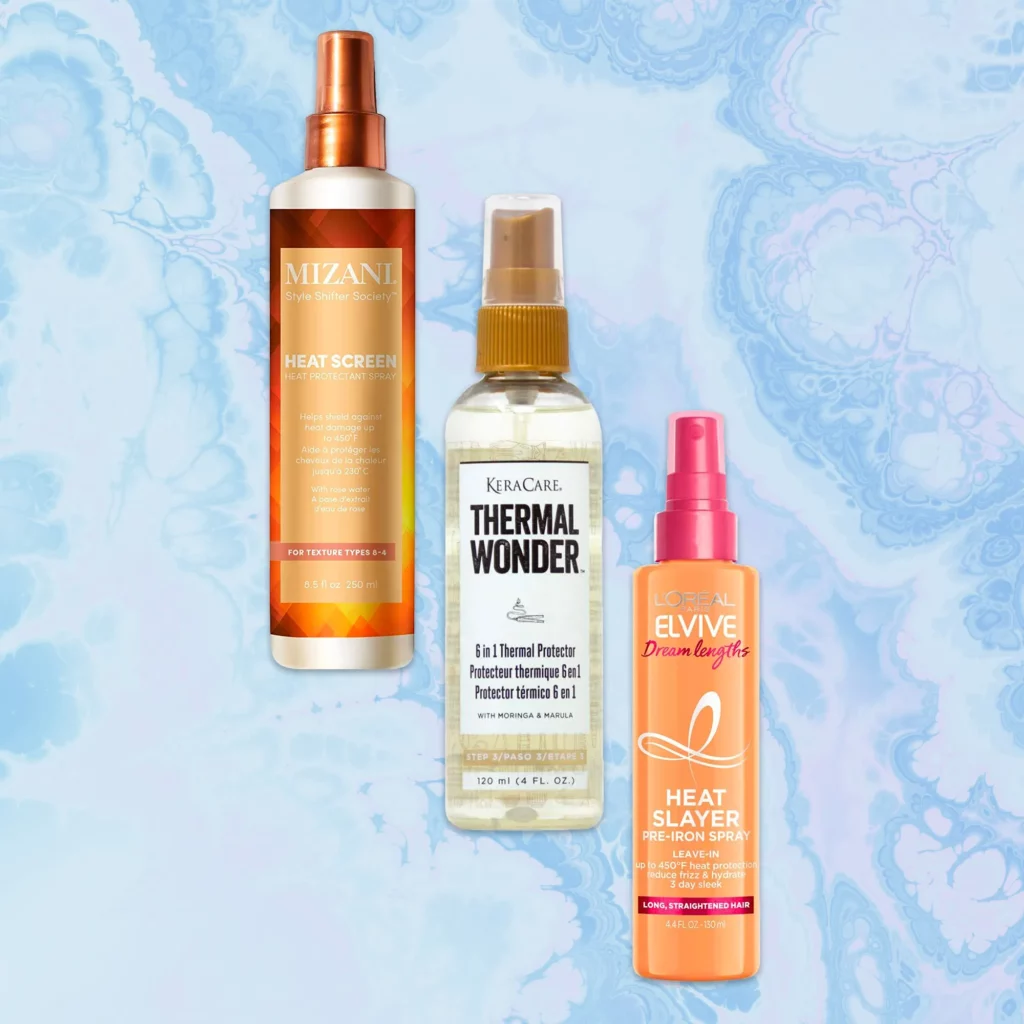
Limiting the Use of Chemical Treatments
Chemical treatments, such as relaxers and perms, can be harsh on colored curls and may cause the color to fade more quickly. It’s best to avoid these treatments if possible or to wait until your color has fully settled and stabilized before undergoing any chemical treatments. If you do decide to have a chemical treatment, be sure to discuss it with your colorist beforehand to ensure you’re taking the necessary precautions to protect your hair.
Maintaining Healthy Colored Curls
Moisturizing Daily
Caring for colored curls is all about maintaining moisture and hydration. Curly hair tends to be naturally drier than straight hair, and coloring can further exacerbate this. To keep your colored curls healthy and vibrant, moisturize your hair daily. Use a leave-in conditioner or moisturizing cream to hydrate your curls and lock in moisture. Focus on the mid-lengths to ends, as these areas tend to be the driest and most prone to damage.
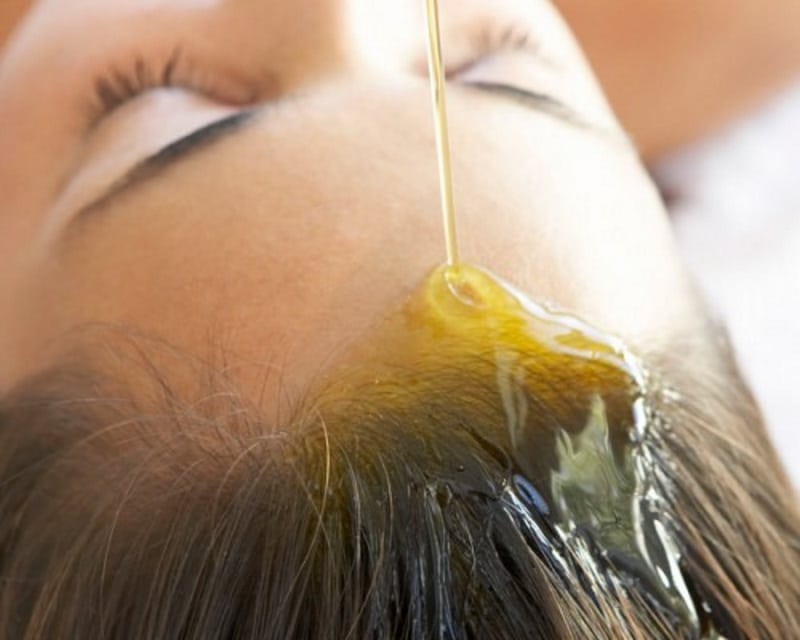
Using Leave-In Conditioners
Leave-in conditioners are a curly girl’s best friend, especially when it comes to maintaining healthy colored curls. These lightweight products provide an extra boost of moisture and help to detangle your curls, making them easier to manage and style. Look for leave-in conditioners that are specifically formulated for colored hair, as these will provide targeted hydration and protection.
Avoiding Harsh Ingredients
When selecting hair care products for your colored curls, it’s important to avoid harsh ingredients that can strip away color or cause damage. Stay away from products that contain sulfates, parabens, and alcohol, as these can be drying and damaging to your hair. Instead, choose products that are formulated with gentle and nourishing ingredients, such as natural oils and plant extracts. These will help to keep your colored curls healthy, soft, and vibrant.
Dealing with Color-Related Hair Issues
Overcoming Dryness and Brittle Hair
Dryness and brittleness are common issues that can arise when coloring curls. To overcome these issues, it’s important to focus on moisturizing and nourishing your hair. Consider incorporating deep conditioning treatments into your hair care routine on a regular basis. Additionally, using hair masks or oils can provide an extra dose of hydration and help to combat dryness and brittleness. Be consistent with your hair care routine and give your hair the time it needs to recover and regain its health.
Addressing Scalp Irritation
Some individuals may experience scalp irritation or sensitivity after coloring their curls. This can be caused by the chemicals in the hair dye, as well as the process of coloring itself. If you experience scalp irritation, it’s important to address it promptly. Opt for gentle and soothing hair care products that are specifically formulated for sensitive scalps. Additionally, you can try using natural remedies like aloe vera or chamomile to help calm and soothe your scalp.
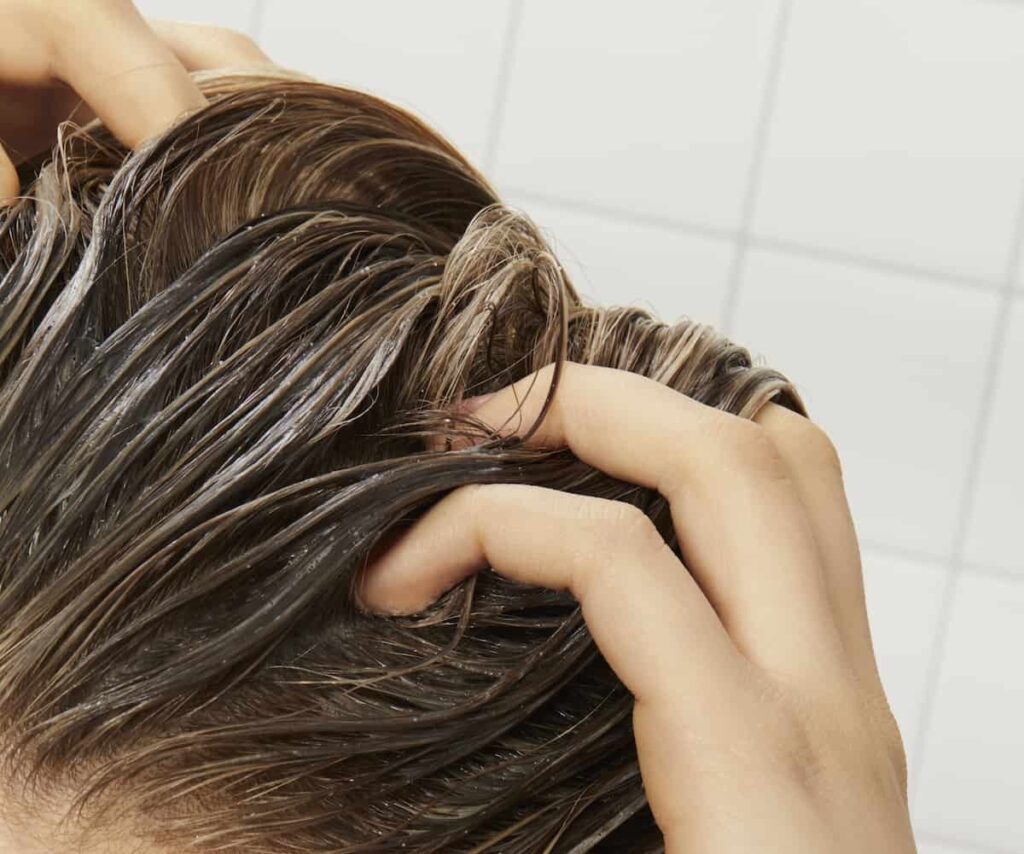
Fixing Uneven Color
In some cases, colored curls may turn out with uneven color or patches. If this happens, don’t panic! Uneven color can often be fixed with a color correction process. It’s best to consult with a professional hair colorist who has experience in color correction to assess the situation and provide the best solution. They may recommend a color treatment, toner, or even a complete color overhaul to even out the color and achieve your desired result.
Washing and Styling Color-Treated Curls
Using Cold Water for Washing
When washing your color-treated curls, opt for cold or lukewarm water instead of hot water. Hot water can open up the hair cuticles, allowing color molecules to escape and causing the color to fade more quickly. Cold water, on the other hand, helps to seal the hair cuticles, locking in moisture and color. While it may not be the most comfortable option, rinsing your hair with cold water can help to preserve the vibrancy of your colored curls.
Choosing Color-Safe Hair Products
To keep your color-treated curls looking their best, choose hair care products that are specifically formulated for colored hair. These products are designed to be gentle and nourishing, while also helping to maintain color vibrancy. Look for shampoos and conditioners that are sulfate-free and color-safe, as well as styling products that provide UV protection to shield your color from sun damage.
Avoiding Tight Hairstyles
Tight hairstyles, such as ponytails or braids that pull on the hair, can cause breakage and even lead to color fade. When styling your colored curls, opt for looser hairstyles that allow your hair to move and breathe. If you do choose to wear a ponytail or braid, be sure to use gentle hair ties that won’t cause unnecessary tension or damage.
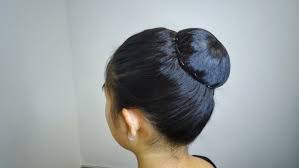
Refreshing Color Between Salon Visits
Using Color-Depositing Conditioners
To keep your colored curls looking fresh and vibrant between salon visits, consider incorporating color-depositing conditioners into your hair care routine. These products are specially formulated to deposit color pigments onto your hair, refreshing your color and enhancing its vibrancy. Color-depositing conditioners can be used once or twice a week as a regular part of your hair care routine, or as needed to revive your color between salon appointments.
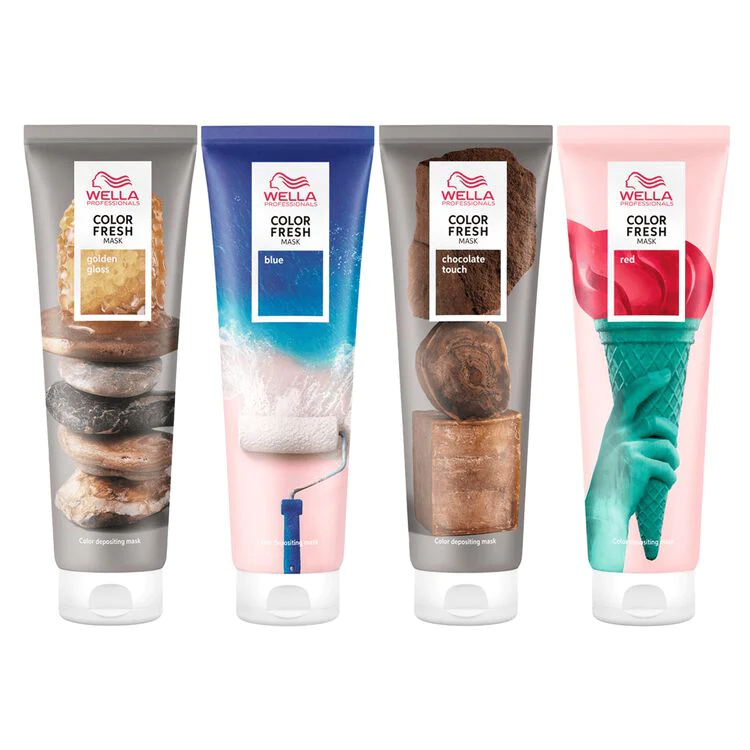
Opting for Root Touch-Up Products
As your hair grows, your roots may start to show and the color may become less even. To address this, you can use root touch-up products to extend the time between salon visits. Root touch-up products typically come in the form of powders, sprays, or pens that allow you to target specific areas and blend them seamlessly with the rest of your colored curls. Choose a shade that matches your hair color and follow the instructions carefully for the best results.
Experimenting with Temporary Hair Colors
If you’re feeling adventurous and want to switch up your colored curls without the commitment, temporary hair colors can be a fun option. Temporary colors typically come in the form of sprays, gels, or wash-in/wash-out formulas that allow you to experiment with different colors and effects. These products can be used for special occasions or to satisfy your need for a temporary change. Just be sure to follow the instructions and do a patch test before applying any new color to your curls.
Tips for Prolonging Vibrant Color
Avoiding Chlorine and Saltwater
Chlorine and saltwater can be particularly harsh on colored curls and can cause the color to fade more quickly. If you’re planning to swim, it’s important to protect your colored curls by wearing a swim cap or by wetting your hair and applying a leave-in conditioner or oil before getting in the water. This creates a barrier between your hair and the chlorine or saltwater, helping to minimize damage and color fade. After swimming, rinse your hair thoroughly with clean water to remove any chlorine or salt residue.
Wearing Protective Headwear in the Sun
Excessive sun exposure can also cause color fade and damage to your colored curls. To protect your hair from the sun’s harmful UV rays, wear a hat or headscarf when spending time outdoors, especially during the peak sun hours. This will help to shield your hair from direct sunlight and prevent color oxidation. If you don’t want to wear a hat, consider using UV protection products specifically formulated for hair to provide an extra layer of defense against the sun’s rays.
Applying UV Protection Products
To further protect your colored curls from UV damage, consider using hair products that contain UV protection. These products are designed to create a shield over your hair, preventing UV rays from penetrating and fading your color. Look for leave-in conditioners, sprays, or serums that specifically state they provide UV protection. Incorporating these products into your hair care routine can help to prolong the vibrancy of your colored curls and keep them looking their best.
Caring for colored curls requires a combination of proper preparation, maintenance, and protection. By following these comprehensive tips, you can ensure that your colored curls remain healthy, vibrant, and beautiful for as long as possible. Remember to consult with professionals, use the right products, and give your hair the love and care it needs to maintain its color and curly goodness.

